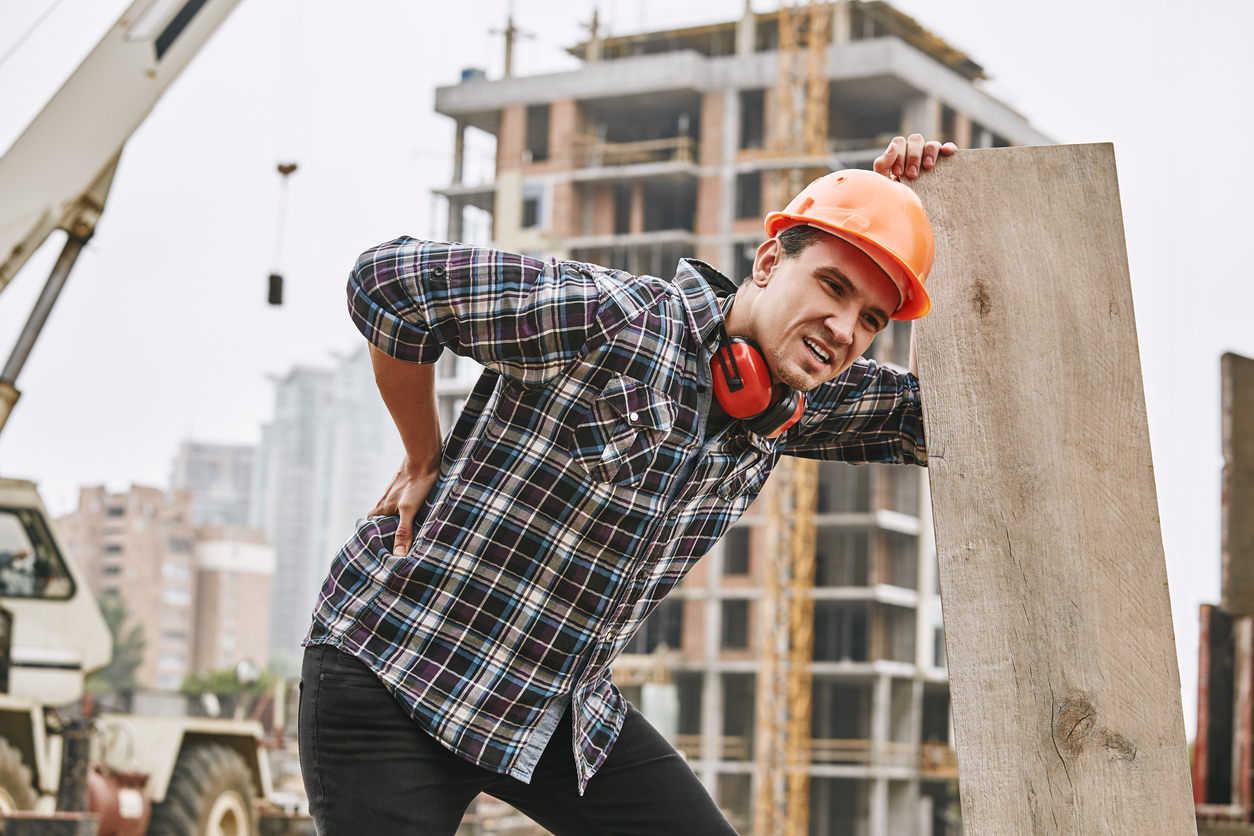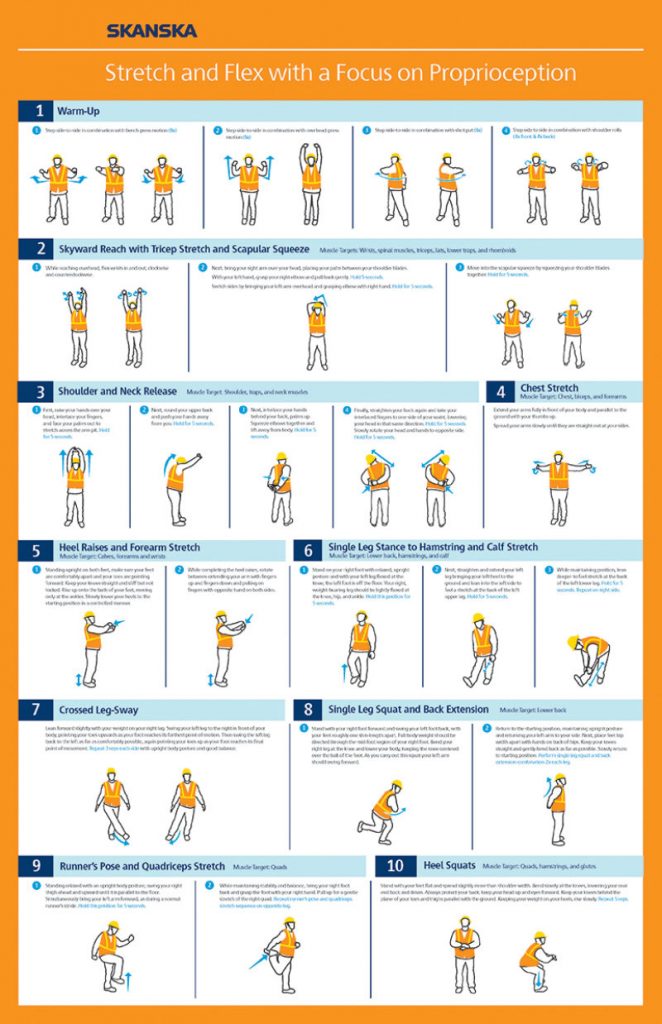
The numbers are concerning—at least 50 million adults suffer from chronic back pain in America. Of course, the incidence of backpain in construction workers is 20% higher than other occupations across all age groups.
The problem isn’t just heavy lifting—construction workers have to perform repetitive tasks as they twist, bend and reach their way through the day. If you want to keep your crew safe, it may be time to talk about ways to prevent injuries before they happen.
How your Back Works
Your back is a kind of lever with the spine as the fulcrum on one side and your body weight (and whatever you are holding) on the other. If you lean forward slightly, your back and legs activate to prevent you from falling over, exerting about 100 pounds of force to keep you upright. Bending all the way down to pick something up results in around 300-500 pounds of force on your back and legs. Add the weight of tools or building materials and you can see why your lower back is at risk of injury.
How to Prevent Injuries
Keeping fit and in shape (especially your core muscles) will help to prevent injury, but the biggest single thing to do both before and after work is to stretch. US construction company Sanska implemented a stretching routine for all workers in 2003. With the help of a professional trainer, the routine warms up muscles most often used by construction workers before the day starts. “Think about athletes before a game: they’re stretching,” explains Paul Haining, chief environmental, health and safety (EHS) officer at Skanska. “Our crews are no different. In fact, in this sense, our workers are viewed as industrial athletes.”

Solutions of the Future
Stretching and focusing on safety is a good way to prevent injury in the short term. There are other solutions which have promising futures. One solution is the exosuit. Exosuits are relatively inexpensive and provide support without impeding movement. Exoskeletons utilize motorized joints to provide lift support so your body isn’t taking the strain. Exoskeletons are sometimes referred to as exosuits. These machines are mainly used for physical rehabilitation, but are increasingly used by workers in construction and manufacturing.
